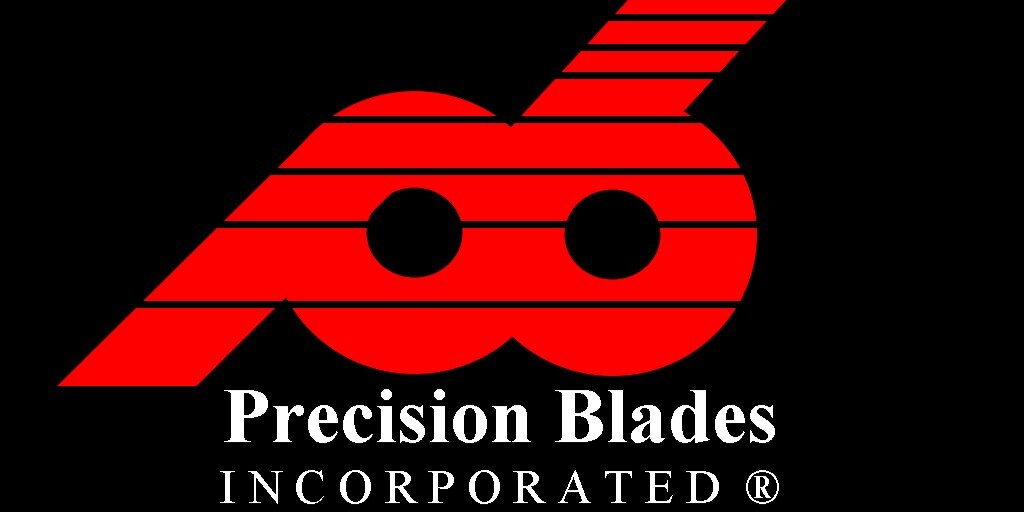Cutting Wood with Bandsaw Blades
For furniture manufacturers, mastering the art of cutting wood with bandsaw blades can be crucial for enhancing production efficiency and product quality. Bandsaws are essential in manufacturing facilities due to their versatility and precision. To achieve clean and accurate cuts, it's vital to understand how to use and maintain bandsaw blades, as this skill directly impacts the quality of the furniture produced.
Understanding Bandsaw Blades:
When working with wood, selecting the appropriate blade is critical for meeting production standards and achieving desired finishes. Bandsaw blades come in different sizes and tooth designs to meet diverse cutting requirements. Here's what furniture manufacturers need to know:
Width:
The blade's width determines the tightness of the curve you can cut. Narrower blades are ideal for intricate designs and detailed work, while wider blades offer more stability for straight cuts, which is essential for producing uniform furniture components. Teeth Per Inch (TPI): A lower TPI means fewer teeth, which is better for quickly cutting through thick wood, ideal for bulk production. A higher TPI is preferable for achieving smooth finishes on thinner materials, crucial for high-quality surface finishes. Tooth Style: The shape and arrangement of the teeth, such as hook or conventional, influence the speed and smoothness of the cut, affecting the overall efficiency and quality of the manufacturing process.
Thickness:
The thickness of a bandsaw blade plays a pivotal role in determining the quality and efficiency of cuts. Thicker blades provide greater stability and are less prone to deflection. However, they require more power and can be less flexible, which might limit their use in intricate or curved cuts. Conversely, thinner blades offer more flexibility and are better suited for detailed work, allowing for tighter curves and more delicate designs. However, they may be more susceptible to bending or breaking under high tension or when cutting through particularly tough materials. Therefore, understanding the balance between blade thickness and the specific requirements of the task at hand is essential for optimizing performance and ensuring the longevity of the blade.
Choosing the Right Blade:
A Delicate Balance Selecting the right bandsaw blade involves considering factors like material thickness, desired finish, and curve complexity, all of which are essential for maintaining production standards and meeting customer expectations. For instance, a ½-inch, 3 TPI hook blade might be ideal for cutting thick lumber used in sturdy furniture frames, while a ¼-inch, 10 TPI blade excels at creating intricate scrollwork for decorative pieces.
We Can Help!
If you need assistance in selecting the right blade, have any questions about your blades, or the material you are cutting, we're here to help. You can see pictures our blades and more on our website. Our experts can provide guidance and recommend the best blades for your specific needs. You can also use our no charge Blade Efficiency Analysis to confirm you are using the best blade for the job. Contact us today to learn more about our range of blades and accessories that can make your operations run smoother!

